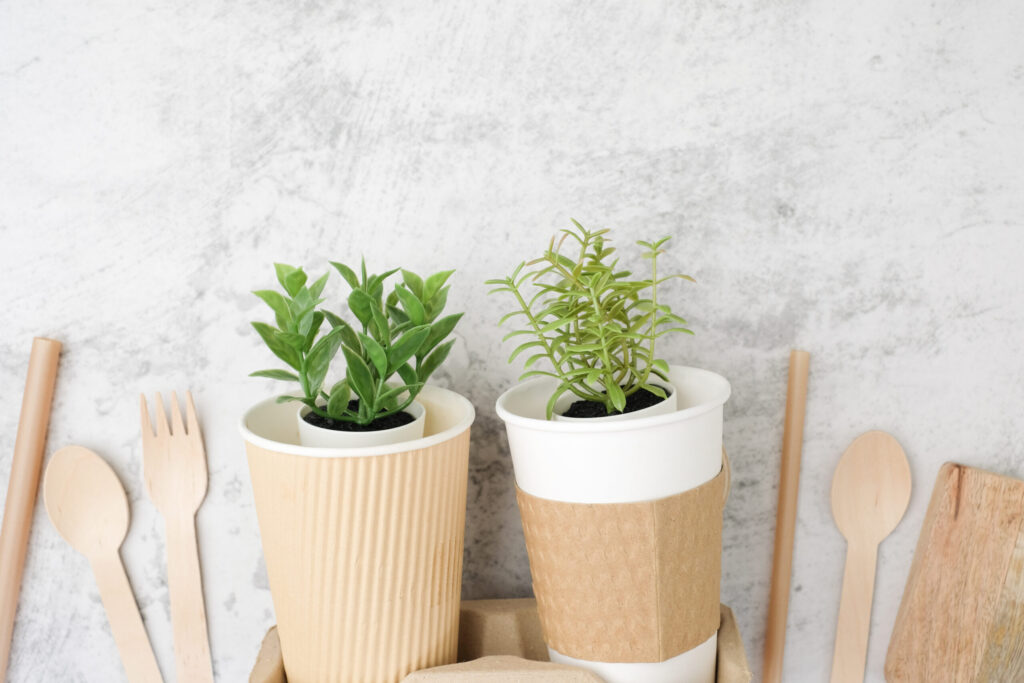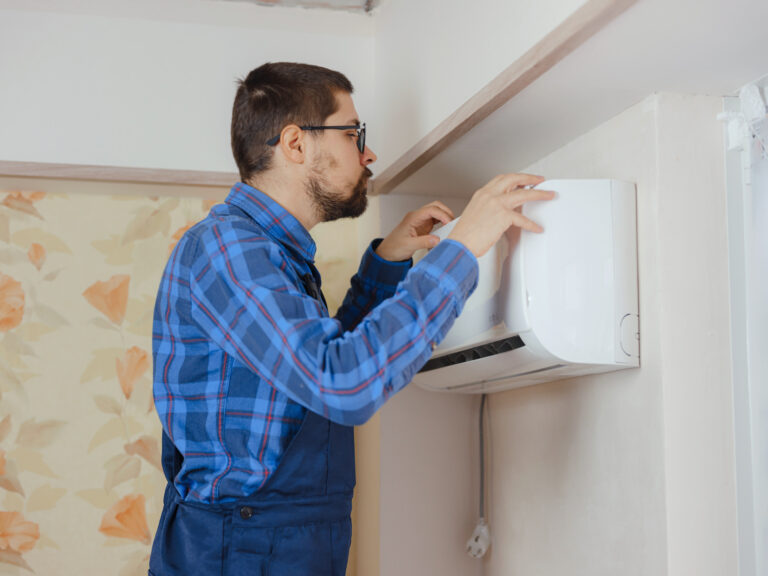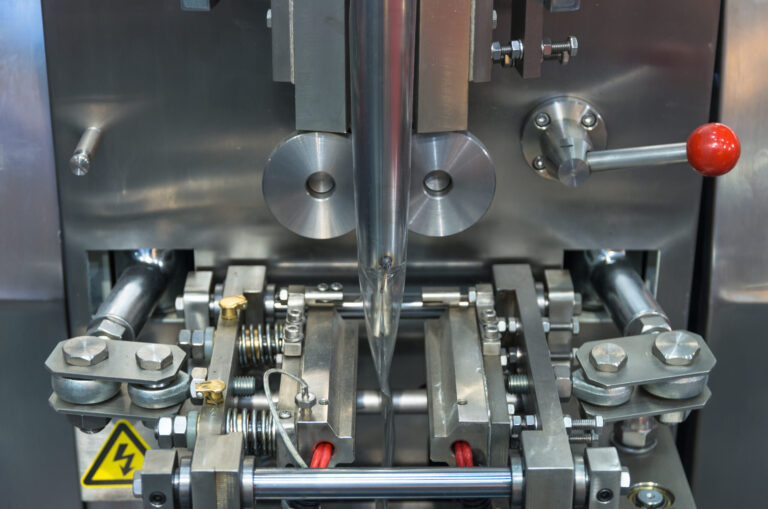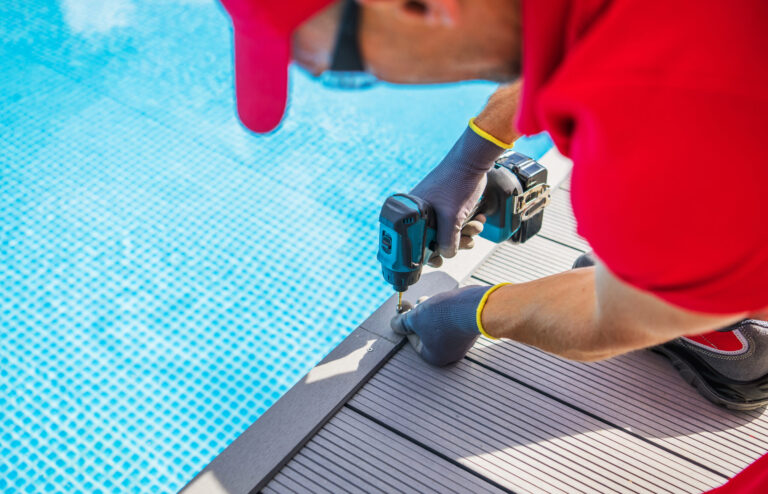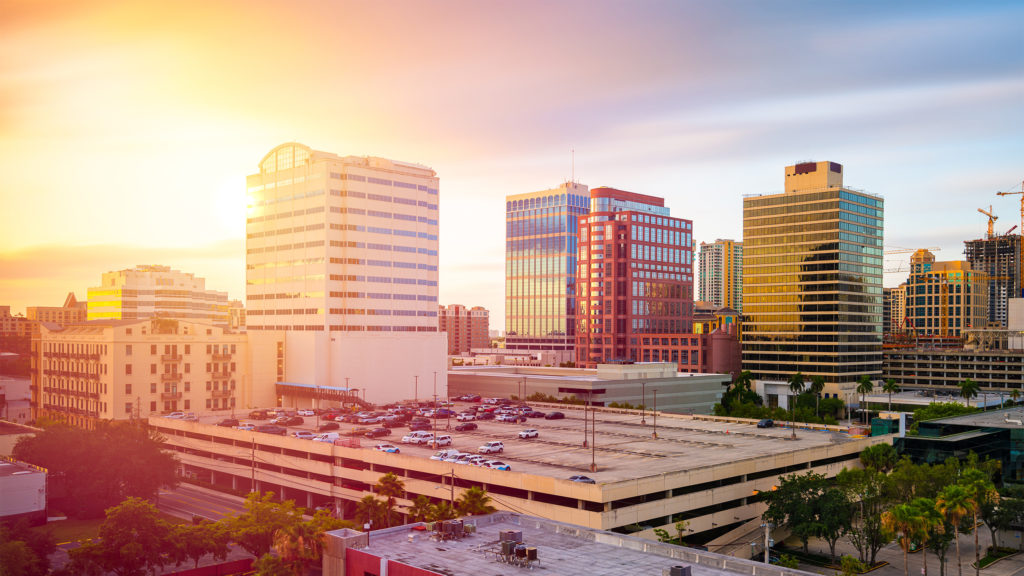With mounting awareness about the environmental crisis, businesses are waking up to the need for sustainable choices. Packaging is an industry that has long relied on materials that are not just bad for the environment but also contribute to a massive amount of waste. However, the tide is turning, and enterprises globally are making efforts to switch to sustainable packaging. One such example is the use of sustainable jars at are taking the industry by storm. In this article, we explore this evolving space and delve into what is setting the standard for sustainable packaging today.
Understanding the Need for Sustainable Packaging
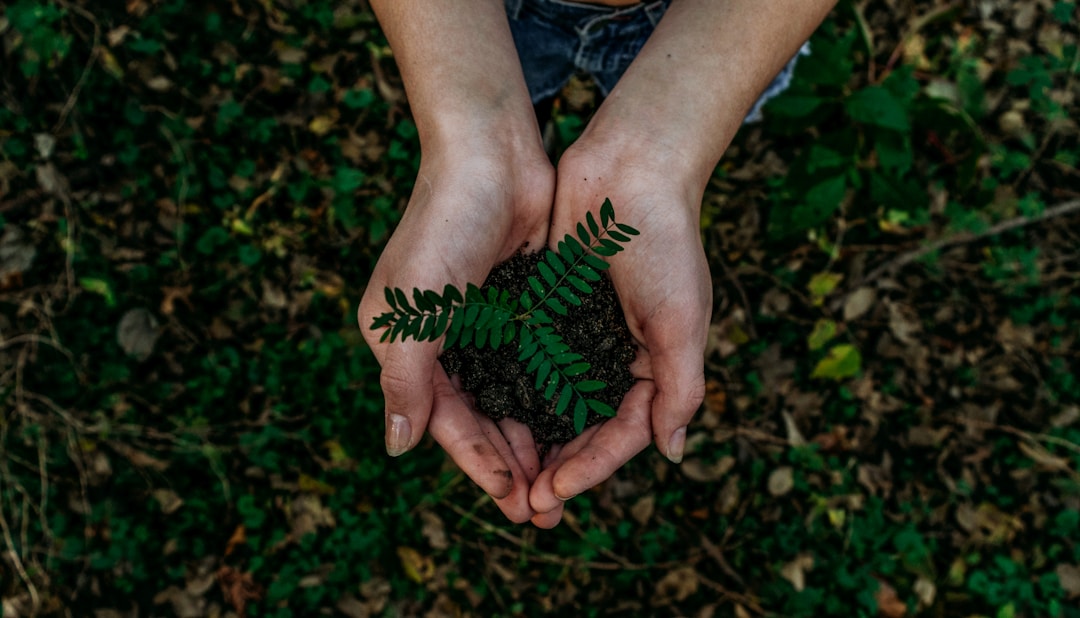
The call for sustainable packaging is not without reason. The traditional packaging industry has been a contributor to environmental damage. Plastic packaging finds its way into oceans, while other forms of non-recyclable packaging end up in landfills where they take hundreds of years to decompose. Even the process of making these materials is harmful, pumping large amounts of greenhouse gases into the atmosphere.
Therefore, the switch to products like sustainable jars is not just a matter of meeting market demand but a necessity for the survival of our planet. With increasing governmental regulations and social awareness, businesses are starting to understand the value of sustainable packaging. It’s not just an investment towards corporate responsibility, but can also enhance brand image and connect with the environmentally conscious consumer.
There has also been a technological shift that has made sustainable packaging more feasible. With advances in material science, we now have materials that are biodegradable and still offer the same functionality and durability as traditional packaging. The development of sustainable jars is a testament to this progress.
Embracing the Change: Green Packaging Solutions
As businesses begin to understand the importance of sustainable packaging, they’re opening up to an array of green packaging solutions. Biodegradable, compostable, and recyclable materials are all finding their way into product packaging. This includes everything from paper-based packaging to bioplastics made from plant material. Compostable packaging is another exciting development in this space, which breaks down in a compost bin effectively, leaving no harmful residues behind.
Businesses have also begun discovering that switching to sustainable packaging doesn’t have to compromise on design or product safety. Sustainable products are designed to be fully functional yet completely decomposable. This proves that we can turn the tide on the plastic crisis without compromising on quality or functionality. Moreover, sustainable packaging isn’t just about the materials we use for the packaging itself. It also encompasses the entire lifecycle of a product. This includes considering the product’s origin, manufacturing, transport, and end of life. Therefore, a holistic view of sustainability is essential when considering a move to green packaging solutions.
The Financial Impact of Sustainable Packaging
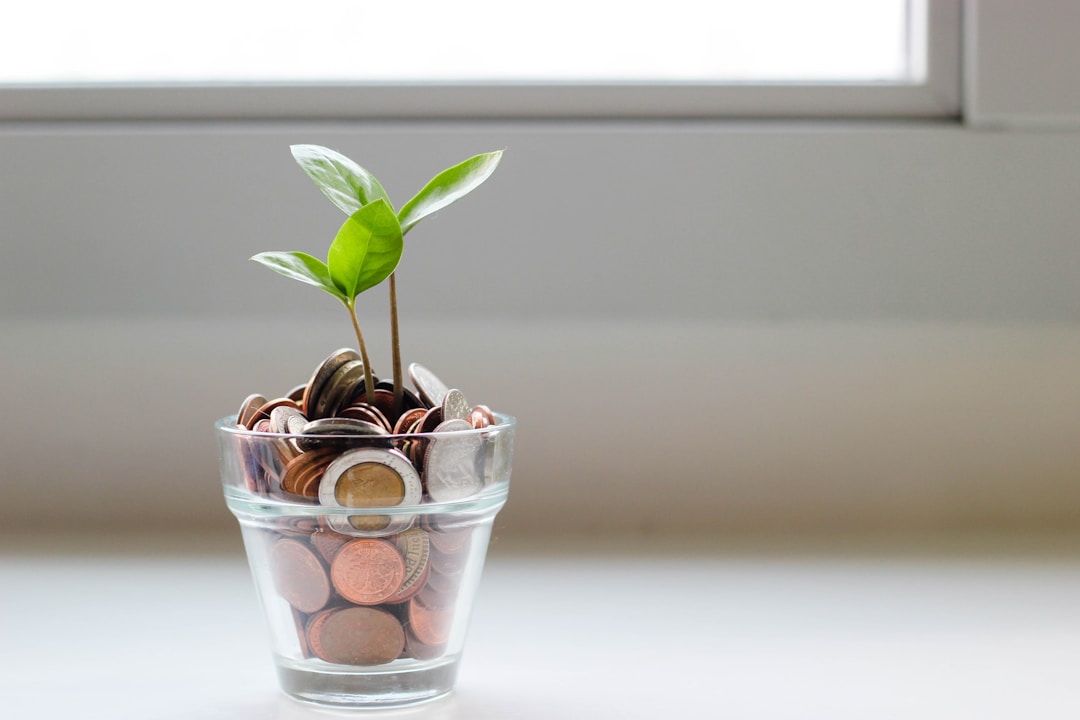
When considering the switch to sustainable packaging, finances are an important, albeit difficult, aspect. Though the upfront cost of sustainable materials might be higher than traditional materials, long-term gains can often outweigh these initial expenses. These financial benefits come in many forms, such as increased brand image, customer loyalty, and regulatory compliance. Sustainable packaging can also save money in other indirect ways, like reducing waste management costs or avoiding hefty penalties for non-compliance with environmental regulations.
Consumer demand is also driving businesses to adopt sustainable practices. A substantial percentage of consumers are willing to pay a premium for products that are environmentally friendly. Investing in sustainable packaging can be a valuable asset in positioning your brand as a ‘green’ choice in the market and garnering consumer favor. It’s not just about meeting market demand – businesses can also derive immense satisfaction from contributing to a healthier planet.
In the financial realm, sustainable packaging is therefore a field of ongoing research and development. As more and more alternatives become available, the cost of switching to sustainable packaging is likely to decrease, making it a viable choice for businesses of all sizes. Sustainable jars are an excellent example of this trend, offering a versatile and cost-effective solution for a variety of packaging needs.
Successful Examples of Sustainable Packaging
At this point, it’s worth looking at some successful examples of sustainable packaging to see how businesses have successfully made the transition. These examples serve as inspiration and proof that sustainable packaging is not just a fad, but a necessary trend that’s here to stay. One such example is a pioneering company in sustainable packaging that has developed Biomax jars that are completely compostable and recyclable. Earthwise Packaging has gained a significant amount of recognition in the industry and has set a new standard in sustainable packaging.
Consumer Perception of Sustainable Packaging
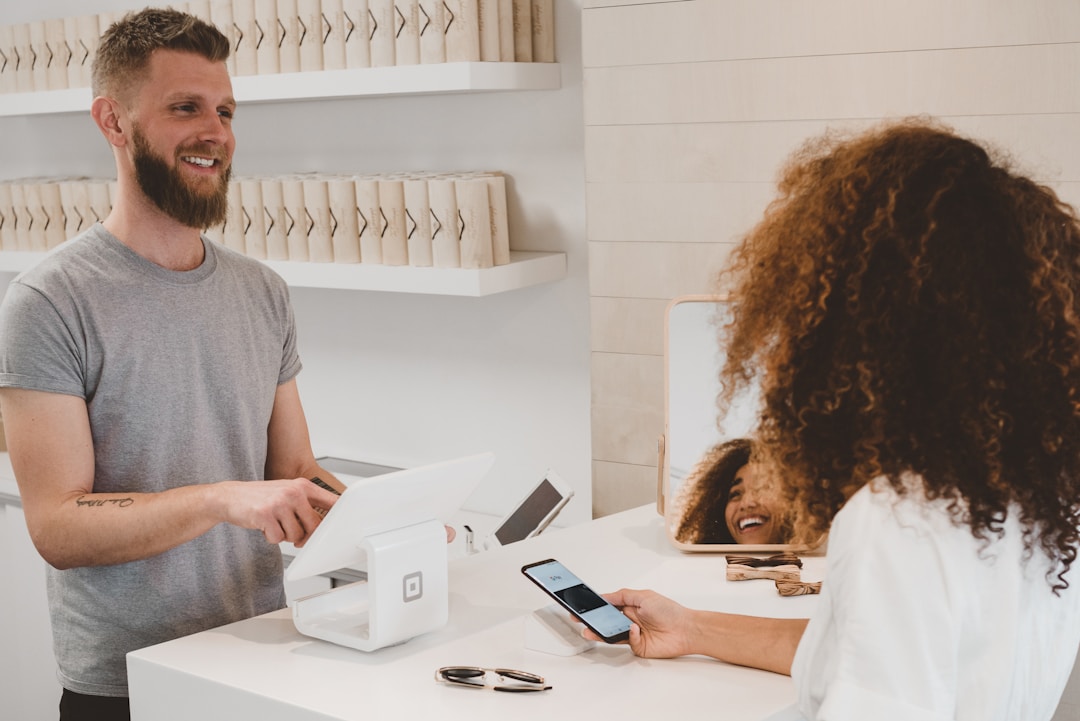
Consumer perception of sustainable packaging is key to its acceptance and success in the market. Studies have shown that consumers are not just aware of the environmental crisis but are also willing to adapt their purchasing habits to support sustainable solutions. This includes a willingness to pay more for environmentally friendly products and a preference for brands that prioritize sustainability. This shift in consumer perception is driving the demand for sustainable packaging, encouraging more businesses to adopt green practices.
However, it’s integral that brands do more than just pay lip service to sustainability. Consumers today are intelligent and informed – their allegiance to a brand will be determined by the sincerity of its efforts toward sustainability. There is a lot of recent research that suggests customers are more interested in supporting companies that are purpose-driven and share their values, so you can take advantage of these interests by utilizing eco-friendly containers.
The future of packaging lies in sustainable options. As businesses and consumers increasingly prioritize sustainability, it will no longer be a niche market but the norm. Brands that embrace sustainable packaging now will be at the forefront of this evolution, securing their place in a green future.
The Future of Sustainable Packaging

The future of sustainable packaging looks promising as technological advancements continue to enhance its feasibility, affordability, and effectiveness. The landscape of sustainable packaging will continue to evolve, driven by innovative pioneers, informed consumers, governmental regulations, and social awareness. One of the exciting developments to look out for in the future of sustainable packaging are breakthroughs in biomaterials and biotechnology. This will result in more options for biodegradable and compostable packaging that will likely perform beyond our current expectations.
Another development to watch out for is the advancement in recycling technology. This will make it easier for consumers and businesses to comply with sustainability practices and drastically reduce waste generation. Ultimately, the future of sustainable packaging will be determined by the collective efforts of businesses, consumers, and governments. It provides an opportunity for us all to contribute to a more sustainable and healthy planet. The journey towards sustainable packaging has begun, and there’s no looking back.
Altogether, the transition to sustainable packaging is no longer just an option but a necessity. With the wealth of benefits that sustainable packaging offers, it’s clear that this is the path forward for all businesses. Despite the challenges, the momentum towards a greener future is undeniable, promising a healthier future for the planet and its inhabitants. If you follow the advice in this article, you will be able to use these packaging products to increase your profit margins, build your brand, and increase the sustainability of your business.

